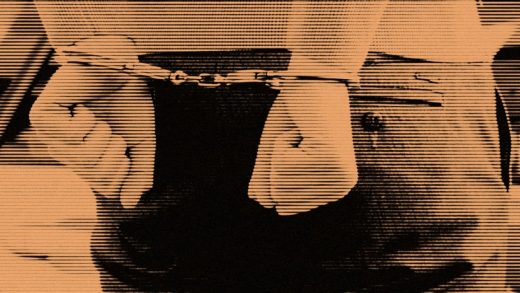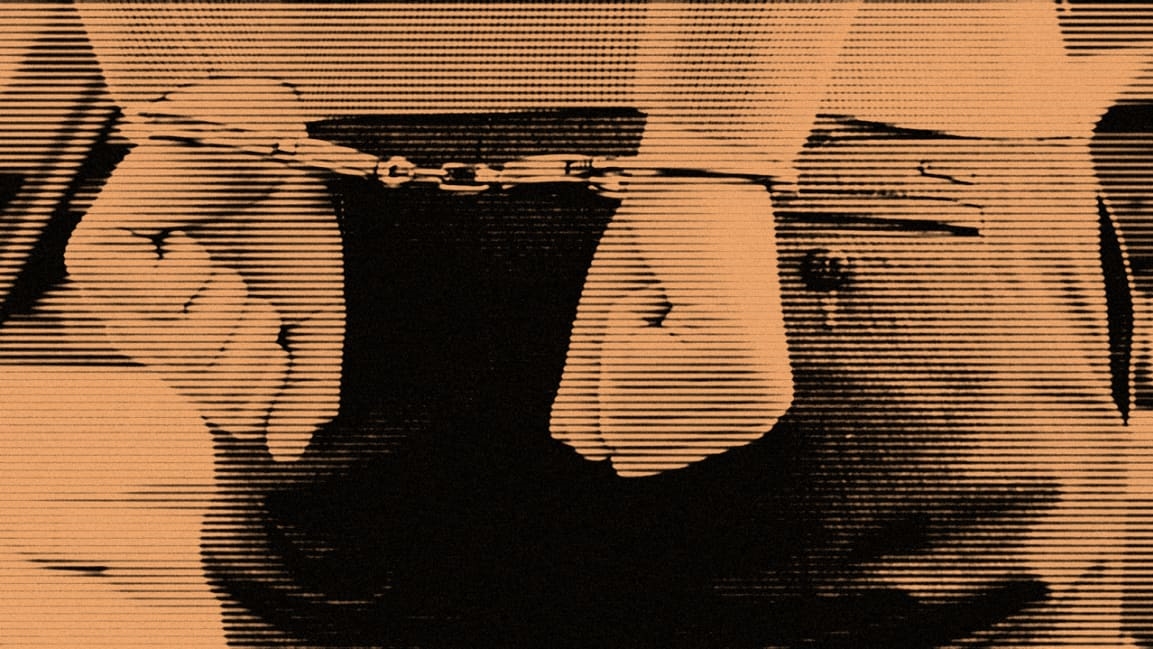I went to prison at 17. Here’s what I wish employers knew about people with records
The criminal justice system doesn’t work. According to a 2018 report from the Bureau of Justice Statistics, nearly 2.2 million adults were held in America’s prisons and jails at the end of 2016. That means for every 100,000 people residing in the United States, approximately 655 of them were behind bars. The situation has become so severe that if the U.S. prison population were a city, it would be the fifth-largest city in the country.
However, the unacceptably high number of prisoners only tells half of the story. Returning citizens are hampered by a lack of economic opportunity and suffer disenfranchisement after release—everything from finding affordable housing to having the right to vote. The crucial problem for the criminal justice system is that it doesn’t reform people and doesn’t respect the humanity of those who’ve experienced incarceration. This is why almost half of former inmates who were either released from federal prison or placed on probation in 2005 were re-convicted within eight years, according to a report by the U.S Sentencing Commission in 2016.
This repeated injustice comes as no surprise to me, because I’ve experienced it firsthand. When I was 17, I went to prison—and what I saw will stay with me forever.
The path to prison
Growing up in a middle-class family in London, my first experience of conflict was my parents’ divorce. My mum left, taking my sister. My dad wasn’t in the best place. I called him “missing in action” thanks to his lack of emotional availability. Although I had other family around me, I was looking for something to replace the hole my parents left behind.
I found that kinship in a group of friends who had also lost people in their lives. Together, we were risk-takers and adventurers. As our exploits got bigger and more daring, we grew closer and closer. The more audacious the exploit, the tighter we became. Until the day we got caught. Ours was not a petty crime—for a bunch of teenagers, it was pretty sophisticated. We stole £20,000 worth of goods from a British department store after we worked out how to program credit card details into our Blockbuster cards.
The reality inside
I was sentenced to a year at a young offender institute in the U.K. They start the process of dehumanizing you as soon as you arrive. They take your personal belongings and issue you jeans, a shirt, a faded blue sweatshirt, and a clunky pair of black shoes. This is the beginning of a process designed not to rehabilitate you, but to crush you entirely.
The boys at the prison were ritually humiliated and beaten up. The older kids would set the younger kids on one another, and the correctional officers would tear into us with racist abuse. (People of color are disproportionately targeted by the justice system in the U.S. and the U.K., so it’s no surprise that the officers I encountered were openly racist.)
My turnaround began in prison, but not thanks to the system. My aunt fought the Justice Department so I could do my A-levels in prison, at the same time my classmates were taking theirs on the outside. She fought the facility to make sure I had all the materials I needed for that. She fought to make sure I was out in four months. She knew every day I was in prison there was more opportunity for bad things to happen.
On my release my aunt and my grandparents gave me a sense of agency that started with a safe space to go home to, where I was loved and supported. That’s something that far too many former inmates don’t have. My family advocated for me, which helped counteract the fact that I had to check a box on employment applications identifying my criminal record. This simple box creates barrier after barrier for many. And without access to a job that pays a living wage, or the opportunity to build a career, all the other basics, like housing, healthcare, and community participation, are out of reach.
In addition to receiving support from my family, after incarceration I was lucky enough to meet a former national newspaper editor who gave me the chance at a career. He knew I had a criminal record, but didn’t ask what I’d done. Instead, he asked about me, how I got there in front of him that evening, and what I wanted out of life. He chose to see me—my humanity and my potential. Thanks to his belief in me, I was able to build a career in politics working for prime ministers David Cameron, Tony Blair, and Boris Johnson. I also worked for Barack Obama’s 2008 presidential campaign.
Since I left prison, I’ve used my privilege to connect formerly incarcerated individuals with these sorts of chances, because there are so many kids like me, just like there are so many people with the same power as that newspaper editor. Through this experience I’ve learned that there are plenty of ways that all people (even those who aren’t directly involved with hiring) can make a difference:
1. Look critically at your hiring practices
Change how you hire people, or lobby your leadership to change its hiring practices. Collaborating with expert criminal justice organizations, such as Exodus Transitional Community and GOSO, can allow you to build a hiring program aimed at recruiting, developing, and promoting ex-offenders. It’s not enough to meet number goals. Companies will fail to change their talent make-up and retention if they don’t design infrastructure to support all employees, including formerly incarcerated individuals.
Build a coalition of people at your workplace who are committed to open hiring. Often this work is most effective when you start at the ground floor—bringing people together, addressing misconceptions and concerns, and then creating opportunities for more employees to get involved.
Set up an onboarding process that would allow a formerly incarcerated individual to be brought into an organization. Companies are already building these programs, from large companies such as JP Morgan to startups such as Vericool, because they recognize the talent that is out there.
2. Get involved in public policy
Reducing mass incarceration is the civil rights issue of our time. Rather than sending more people to jail, we must create the opportunities the formerly incarcerated need to survive and thrive.
Just take a close look at what’s happening in Florida. In 2018 ballot measure Amendment 4 to restore the right to vote to the formerly incarcerated passed by two-thirds of the vote. But now the legislature and governor have effectively passed a poll tax, barring many of those who have served their time from exercising their right to vote. Some people’s voices will never be heard because of the size of the fines and fees they would have to pay. This is just another example of intentional disenfranchisement.
Working to reduce mass incarceration can take many forms. A good place to start is by finding local organizations that are working to reform or shut down prisons, eliminate cash bond, reduce police brutality, change draconian measures such as the three-strike rule, and get rid of other measures that punish poverty. (National organizations such as the ACLU, the Southern Center for Human Rights, and the Brennan Center can be a good starting place too.)
3. Remember that prisoners are people
We have a responsibility as individuals to use our privilege, whatever that might be, to advocate for people who are actively disenfranchised. The people I went to prison with could have been executives, worked in media and communications, or founded the next big startup, if only someone had recognized their spark and nurtured it productively. The responsibility is with us to change this and give a chance to the formerly incarcerated because solidarity is the only form of activism that holds hope for our collective liberation.
Ashish Prashar is the global director of communications for Publicis Sapient and a board member of New York-based Exodus Transitional Community and Getting Out and Staying Out.
(15)



